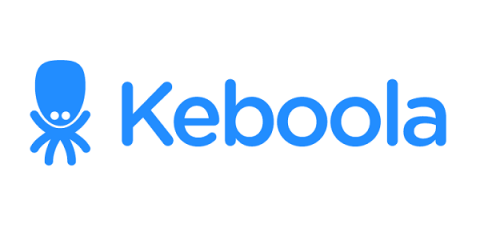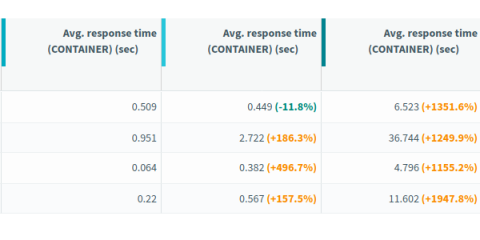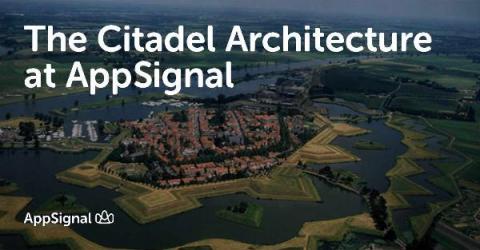How can your hospitality business survive the crisis?
Following the wave of COVID-19-related responses, the hospitality business has taken an unimaginable hit. Whether it’s the widespread fear of being infected, government-enforced shutdown or the implementation of social distancing, businesses in the hospitality industry are witnessing the decimation of their finances. In the space of just a few weeks, food traffic has fallen by 50%.










